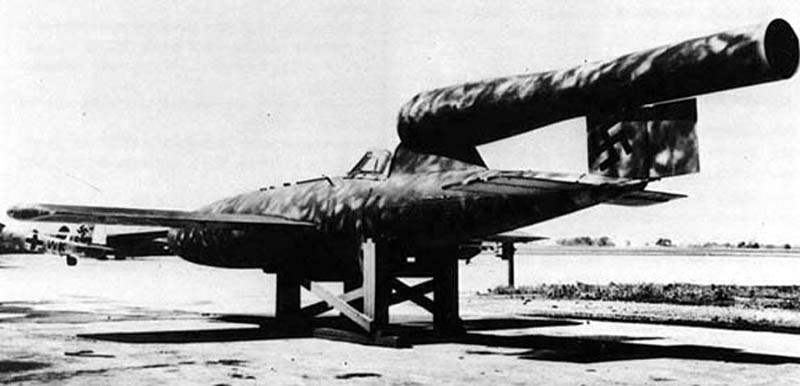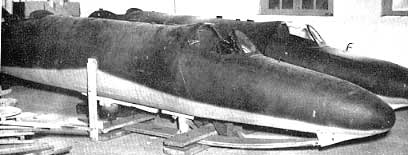

| The idea of putting a pilot in the Fi 103 V1 for special operations was proposed by Hanna Skorzeny, Otto Skorzeny and Heinrich Lange. Lange sought to form a special group of pilots who if need be would sacrifice themselves. At the same time the DFS were looking into such a idea since 1943, because tests using the Me P.1079 (Me 328) had found it was unsuitable. In 1944 the DFS was given the go ahead to develop such a weapon, given the code name "Reichenberg". With in fourteen days the DFS had designed, built, and tested the four different models needed to convert the volunteer pilots:- |
|

|